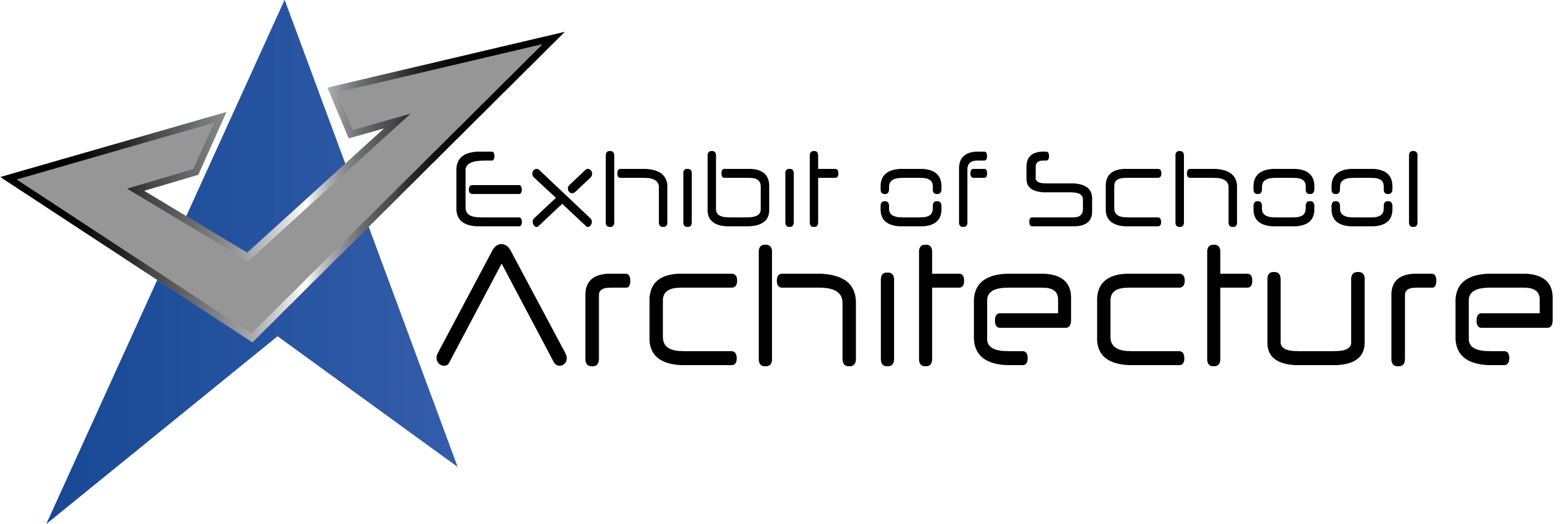Dallas ISD—Dan D. Rogers Elementary School, Marsh Preparatory Academy, and The Innovation, Design, Entrepreneurship Academy (IDEA) at James W. Fannin
Architect: HKS, Inc.
The District launched a Personalized Learning (PL) initiative in 2013. Through PL, students are equipped to drive their own learning experiences and to engage in real-world content that’s relevant and appropriately challenging for them. Five schools were selected to pilot PL, and three worked with our firm to explore how the built environment could activate and advance PL. The partnership began with a four-day charrette, continued with campus renovations, and concluded with a research study.
Design
The transformational solutions entailed dissociating instruction from the rigidity of corridors, classrooms, and a one-size-fits-all paradigm. Instead, the opportunity was to imagine learner-driven, personal spaces that span a range of scale and function and support anytime, anywhere learning. The spaces were designed to spur students through both messy/creative processes and focused/reflective processes. Design also sought to capitalize on serendipitous learning opportunities between students.
Value
We brought all resources to bear to develop creative, relevant solutions with limited funding and to breathe new life into decades-old buildings. Elem.: We recaptured idle space in the auditorium by removing bolted seats, leveling the floor, and creating a tiered project-based learning space. High: We built multimodal learning labs and activated the corridors with plug-in bars and reading nooks. We used glass overhead doors to easily reconfigure space from closed/private to open/collaborative.
Sustainability
At each school, we (1) had zero added building footprint and minimized waste; (2) increased natural light by removing furr downs in front of windows, raising/removing ceilings, and reconfiguring interior partitions to maximize views; (3) installed LED fixtures on dimmer switches. At the elementary, we connected the media center to an adjacent courtyard so learners could access the natural environment. In tandem, the school installed a garden in the courtyard, activating the long-idle greenspace.
 Community
Community
At the elementary, the community was engaged at every step of the way. One of the key issues raised by the community was the lack of access to the courtyard, so we prioritized leveraging the underutilized greenspace as an important goal. To activate the courtyard, we collaborated with a national nonprofit to design/install a garden with the help of a grant and volunteers. We also worked with the District facilities team to build a deck to connect the media center to the courtyard/new garden.
Planning
The District’s pilot Personalized Learning (PL) campuses were selected for our firm’s Design Fellowship in 2014. The Fellowship is an opportunity for junior architects to tackle a design challenge for a pro bono client. Over four days, three firm teams worked closely with three school teams to understand the vision for PL, coalesce around design concepts, and develop ideas for space to support PL. The concepts from the Fellowship then inspired renovations and post-occupancy research.
 School Transformation
School Transformation
Through the planning process, we found that space to support Personalized Learning must be learner-driven/personal, forward-looking, and flexible/fluid. Across all campuses, we: (1) were intentional about designing spaces that range from public to private and formal to informal to accommodate different teaching and learning modalities, (2) considered the future of work and so developed spaces that closely approximate that future, and (3) leveraged space to maximize collaboration and creativity.
![]() Star of Distinction Category Winner
Star of Distinction Category Winner









































